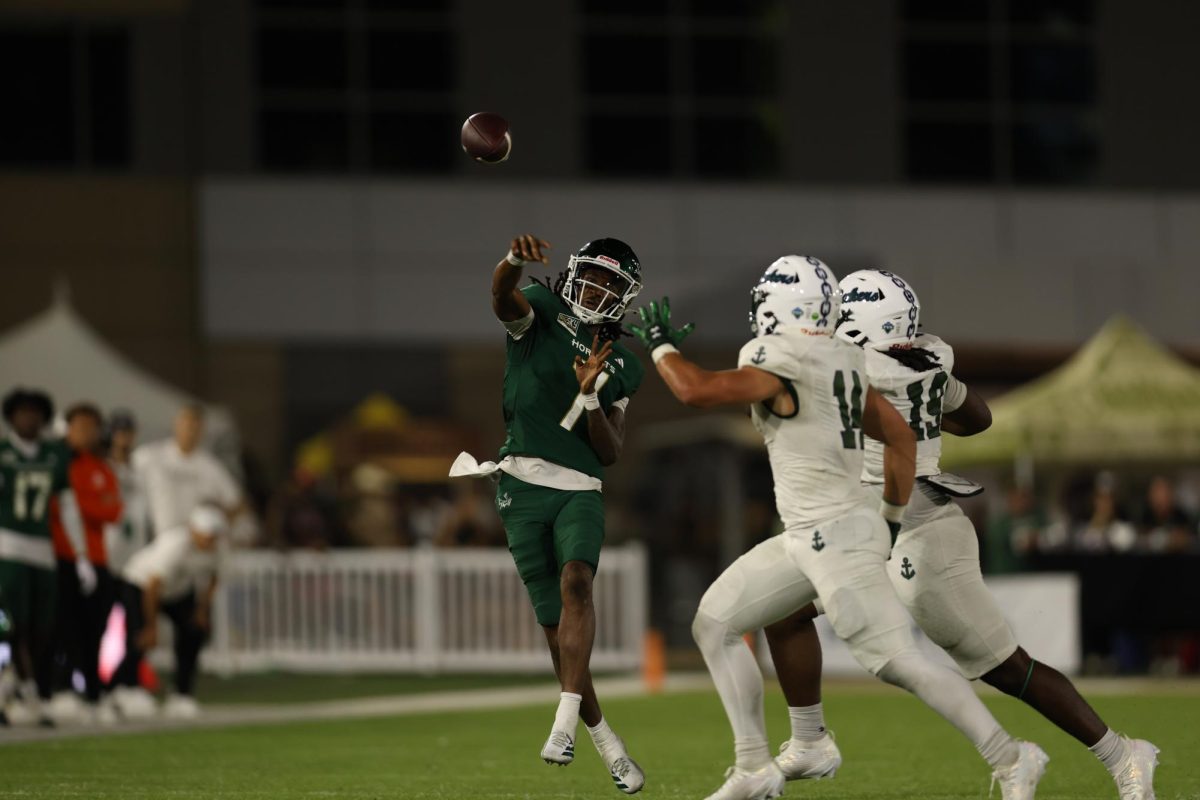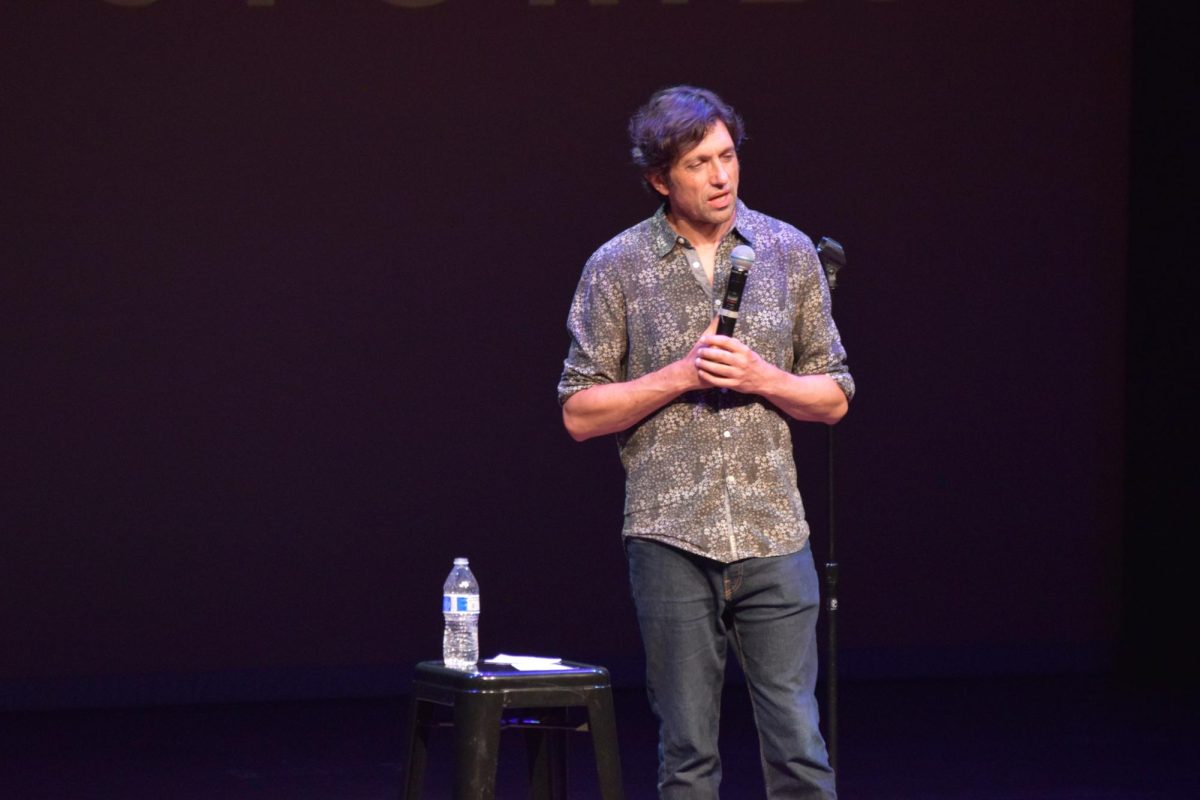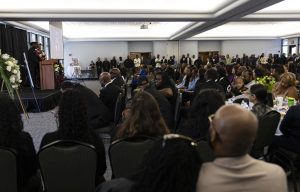New downtown arena could spur economy
April 4, 2012
After winning the fight to keep the NBA’s Sacramento Kings in Sacramento, the real winner is the city itself.
The new arena deal, which is going to cost $391 million, may sound pricey now, but it is projected to bring in more than $7 billion throughout the 30-year deal.
The arena would be located on I Street between 3rd and 5th streets in the Railyards in downtown Sacramento.
Kings play-by-play announcer Grant Napear said he believes moving the team to the heart of the city would make Sacramento a place people would want to visit.
“I think it’s the best choice because I think that it is the best way to rejuvenate downtown Sacramento, which right now is a dead city,” Napear said. “I think it is the best way to stimulate downtown Sacramento and make it a destination type city.”
The arena’s main attraction would be the Kings for approximately 41 home games, but it would also hold 155 other events per year such as concerts, events, activities and whatever else may be booked, according to The Economic Engine Report.
The report was put together by Think Big Sacramento, an organization made up of more than 70 community leaders from around the area. The report projects the effects of the deal on the city.
The current plan is to have the city pay $256 million, the owners the Maloofs pay $73 million, arena operator Anschutz Entertainment Group pay $59 million and the final $3 million from a campaign called Brick by Brick.
Another part of the deal has Sacramento paying a 5 percent surcharge on its ticket sales, which should generate around $75 million through the span of the deal.
The arena itself is going to be 675,000 square feet and have a capacity for 18,594 people.
According to the report, the events would attract 3.1 million visitors to downtown Sacramento every year, which is projected to bring in $6.7 million each year generated by $5.8 million in sales taxes and more than $900,000 in occupancy taxes.
Joaquin McPeek, press secretary to Sacramento Mayor Kevin Johnson, said the deal is more of a long-term project.
“We wanted to make sure people had access to downtown and it’s going to be more of a transformative project when it is located downtown,” McPeek said. “When you put something downtown, you’re going to be able to build restaurants and hotels and other business around there.”
Within walking distance of the arena would be hotels, bars, nightclubs, restaurants and shopping centers.
Hotels are proposed to see one of the biggest boosts in revenue. A projected increase of 300,000 guests would spend at least one night a year downtown, according to the report.
But in addition to the hundreds of businesses already in the area, the surrounding land would be prime real estate for new businesses to come in as well.
The report projects the quarter-mile radius around the arena would see the biggest increase in business.
Another major reason the area would be prime for businesses to build is because 8,000 to 10,000 new parking spaces are going to be built in the quarter-mile radius as well.
McPeek said with the location at the Railyards, there would be all types of transportation to and from the arena.
“It’s easier access to mass transit,” McPeek said. “Trains, buses, taxies, trollies, light rails. It makes for a good combination of transit oriented space and access to the Railyards. It’s really going to be a catalytic piece that will jumpstart the rest of downtown, at least that is what we believe.”
In the NBA, 27 of the 30 team’s arenas are located in the downtown area of their respective cities. The Detroit Pistons, Golden State Warriors and Kings are the three with an arena located outside the downtown area.
This deal would make the Kings the 28th team to play in a downtown area and even though it is a big investment, other cities have done the same and seen great success.
The city of Kansas City built the $276 million Sprint Center in 2005. Since then, it has seen a 16 percent profit every year since it opened in 2007 and the arena does not host any professional basketball games.
The Fed Ex Forum in Memphis, home of the Grizzlies, generates $223 million every year to the Memphis community.
The deal would also give citizens of Sacramento an immediate affect – jobs.
The report showed the construction of the arena would create more than 3,700 jobs and 375 other jobs during operations.
The arena deal could singlehandedly be the biggest thing that happens to the city of Sacramento. Lifelong Kings fan and senior English major Will Griffith said he cannot wait to see the Kings play in their new arena for the 2015-16 NBA season.
“It’s great having a team that I’ve fought to keep for the last year decide that it’s in their best interest to stay,” Griffith said. “Having the Kings stay in Sacramento is a huge victory not only for fans of the Kings or fans of basketball in general, but for the City of Sacramento itself. I have a feeling that we’re going to find downtown a very different place in 10-15 years. The people of Sacramento are on the verge of something great.”
Josh Stanley can be reached at [email protected].
























































































































